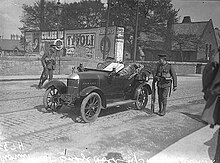
The Easter Rising, also known as the Easter Rebellion, was an armed insurrection in Ireland during Easter Week in April 1916. The Rising was launched by Irish republicans against British rule in Ireland with the aim of establishing an independent Irish Republic while the United Kingdom was fighting the First World War. It was the most significant uprising in Ireland since the rebellion of 1798 and the first armed conflict of the Irish revolutionary period. Sixteen of the Rising's leaders were executed starting in May 1916. The nature of the executions, and subsequent political developments, ultimately contributed to an increase in popular support for Irish independence.

Thomas James Clarke was an Irish republican and a leader of the Irish Republican Brotherhood. Clarke was arguably the person most responsible for the 1916 Easter Rising. A proponent of armed struggle against British rule in Ireland for most of his life, Clarke spent 15 years in English prisons prior to his role in the Easter Rising, and was executed by firing squad after it was defeated.
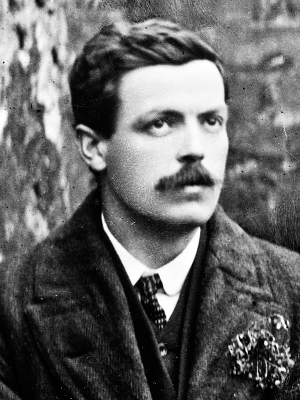
Michael O'Hanrahan was an Irish rebel who was executed for his active role in the 1916 Easter Rising.
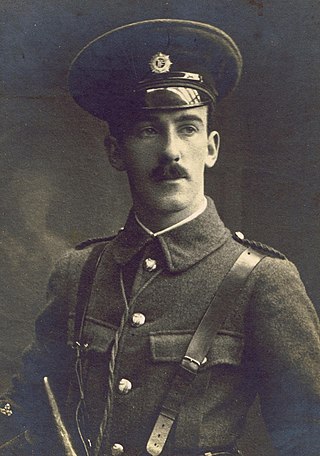
John Edward Daly was commandant of Dublin's 1st battalion during the Easter Rising of 1916. He was the youngest man to hold that rank, and the youngest executed in the aftermath.

Thomas Patrick Ashe was a member of the Gaelic League, the Gaelic Athletic Association, the Irish Republican Brotherhood (IRB) and a founding member of the Irish Volunteers.
Events from the year 1916 in Ireland.
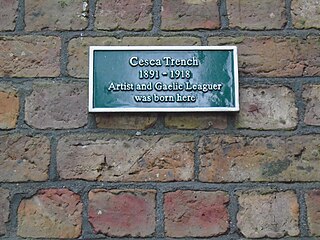
Cesca Chenevix Trench was a British-born Irish nationalist and illustrator. She took the Irish name Sadhbh Trinseach.
Francis Henry Browning was an Irish cricketer and President of the Irish Rugby Football Union. He was a right-handed batsman and a wicket-keeper.

Richard P. Gogan was a member of the Irish Volunteers who fought in the 1916 Easter Rising. In later life, he became a Fianna Fáil politician.
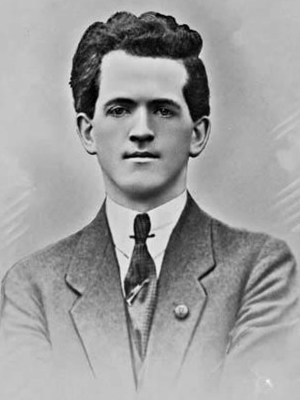
Patrick Moran was a grocer's assistant, trade unionist and member of the Irish Republican Army executed in Mountjoy Prison along with five other men on 14 March 1921. He is one of those who were dubbed "The Forgotten Ten".

Boland's Mill is located on the Grand Canal Dock in Dublin, Ireland on Ringsend Road between the inner basin of Grand Canal Dock and Barrow Street. As of 2019, it was undergoing a €150 million reconstruction to become Bolands Quay, a development of new residences and commercial, retail, and civic spaces. The site, originally associated with Boland's Bakery, includes a number of 19th century warehouses.

The first day of the Easter Rising, Monday, 24 April 1916, saw some 1,200 volunteer soldiers of the Irish Volunteers take over positions in the centre of Dublin, launching the week-long revolution known as the Easter Rising.
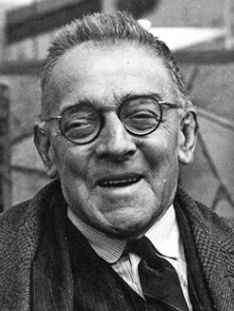
Joe Clarke was an Irish republican politician.
Northumberland Road is a Victorian street in Ballsbridge, Dublin, the capital of the Republic of Ireland.
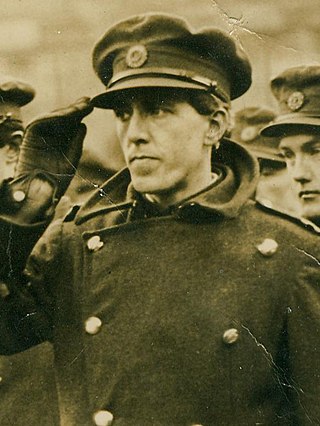
Seán MacMahon was an Irish nationalist who fought in the 1916 rising. He took the pro-treaty side in the Irish Civil War (1922–23) and rose to be chief of staff of the Irish Defence Forces
The High Peak Rifles, later 6th Battalion, Sherwood Foresters, was a volunteer unit of Britain's Territorial Army. First raised in the High Peak area of Derbyshire in 1860, it fought as infantry on the Western Front during the First World War and as an air defence unit during the Second World War. Its descendants remained in the Army Reserve until 2014.
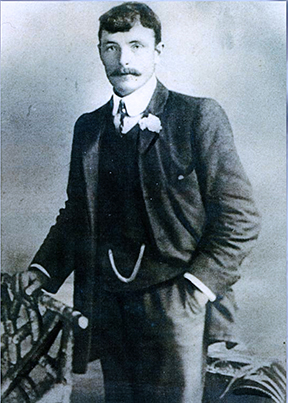
James McCormack (1877–1916) was an Irish activist & revolutionary who, as part of the Irish Citizen Army, fought and died in the Easter Rising of 1916.

Patrick Whelan was an Irish Volunteer, killed in action in Boland's Mill during the Battle of Mount Street Bridge at the time of the Easter Rising of 1916. He was 22 years old when he died and was awarded the 1916 Medal posthumously in 1941. Whelan House in Thorncastle Street, Ringsend, Dublin – where he was born – is named in his honour.
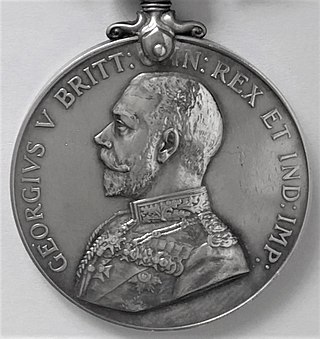
Louisa Nolan MM (1898–?) was an Irish woman recognized with the Military Medal by King George V for her bravery and humanitarian aid during the Easter Rising in Dublin, Ireland in 1916.
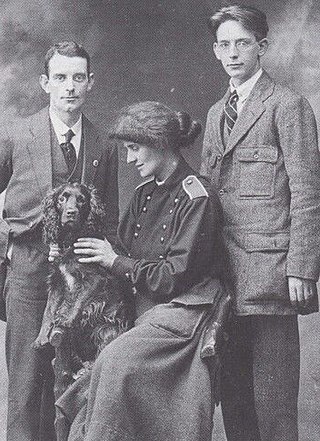
Theobald Wolfe Tone FitzGerald was an Irish army officer and painter. He is recognised for his role in painting the Irish Republic flag that flew over the General Post Office during the Easter Rising 1916. The flag was kept as a trophy by the British Army until it was returned to Ireland during the 1966 commemorations. He was the brother in-law of Lieutenant Michael Malone, who was killed in action at the Battle of Mount Street Bridge during the 1916 Rising, Seán Mac Mahon, the former General Chief of Staff, and the politician Dan Breen.
